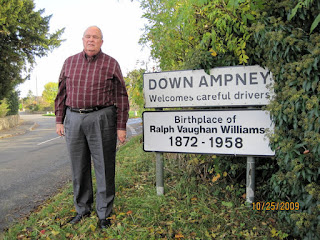Come, Holy Spirit

The Day of Pentecost May 31, 2020 We celebrate the gift of the Holy Spirit at Pentecost. Today, we will hear organ settings of two classic Pentecost hymns. " Nun bitten wir den Heiligen Geist " ("We pray now to the Holy Spirit") is a German hymn. The first stanza dates to the Middle Ages, and additional stanzas were added by Martin Luther in the 16th century. The tune appears in organ chorales (organ compositions based on Lutheran chorale tunes) and cantatas by several Baroque composers, including this setting by Dietrich Buxtehude (1637-1707). Hear the authentic sound in this video recorded on a Silberman pipe organ built in 1721: Nun bitten wir The organ postlude is a setting of the great plainsong hymn, Veni Creator Spiritus ("Come Holy Ghost, our souls inspire"). This hymn dates from the 9th century and is typically sung on Pentecost and at ordinations. Originally in Latin, the hymn is found in an English translation in The Hymnal 1982


